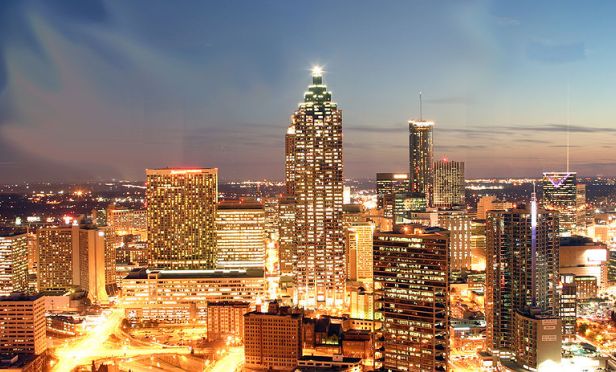ATLANTA—Transit-oriented design is bound to have winners and losers—or is it? In theory, it's a win-win solution.
Atlanta and its developers are embracing the concept with task forces to execute city-wide implementation strategies. That means a focus on funding, land acquisition, and proactively rezoning, among other things.
GlobeSt.com caught up with Jessica Lingertat, an attorney at Gould & Ratner in Chicago, to get her take on the impacts and winners in this trend in part two of this exclusive interview. You can still read part one: What Atlanta Can Learn From Chicago's Transit-Oriented Development.
GlobeSt.com: What are the potential impacts result from the Transit-Oriented Development trend on development and communities?
Lingertat: Due to the cost savings in construction dollars attributable to parking, which does not produce the same revenue as square footage allocated to occupied residential or commercial space, this trend is incentivizing developers to build where they may have otherwise struggled to achieve a cost-effective project. Additionally, as fewer large development sites are available in core markets, convenient to transportation and amenities, the ability to maximize density on a cost-efficient basis results in more opportunities for development.
Such cost savings to a developer will then result in more affordable housing costs for the ultimate residents. The convenience of transportation and proximity of amenities should also improve the overall lifestyle of the residents. Further, the increased density and reduced reliance on cars results in clear benefits to the environment, the health of surrounding businesses and the economic growth of the community overall.
GlobeSt.com: Who are the likely winners?
Lingertat: Clearly developers win. They save on construction costs attributable to parking and are able to refocus their available budgets toward areas which provide a higher return, like in-unit or common area amenities which are in high demand from buyers and renters.
The environment also wins, as transit-oriented developments maximize the available building footprint, minimize sprawl, reduce reliance on individual automobile ownership for necessary travel and encourage the growth and development of efficient and cost-effective public transportation and other modes of transportation like walking, biking, and car or ride sharing services like Divvy, Uber or Zipcar. I believe the communities where these projects are located will also win, as the population is drawn back to urban centers due to the increased convenience of living near where you work and play, encouraging growth of surrounding businesses, which can thrive on the additional foot-traffic.
© Touchpoint Markets, All Rights Reserved. Request academic re-use from www.copyright.com. All other uses, submit a request to [email protected]. For more inforrmation visit Asset & Logo Licensing.







